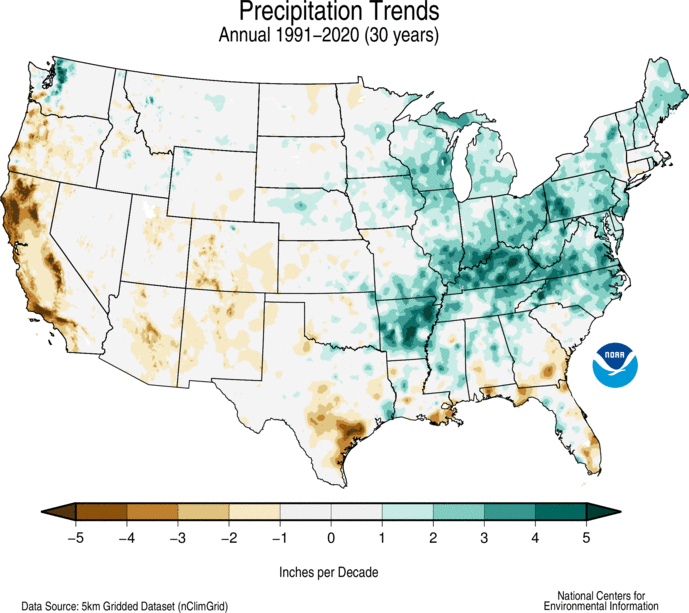JaSAn
Grumpy Old Man
Think of how many people have tuned the message out after 30 years of crying wolf.soo imagine how dry it must be after 30 years of worsening drought.
Think of how many people have tuned the message out after 30 years of crying wolf.soo imagine how dry it must be after 30 years of worsening drought.
because there is no loss of property ??? you need to explain the blinders. is your home insurance premium dropping?Think of how many people have tuned the message out after 30 years of crying wolf.
Think of how many people have tuned the message out after 30 years of crying wolf.
I know the spot you're referring to. Lots of cool Gazebos on the edge of the properties up there. I live near Kate Sessions park in PB and my street is a dead end street with a large canyon that goes up to Mt. Soledad. One wrong move and the whole thing is going to light up.I'm in Clairemont the wooded canyon parallel to 52 between 805 and 5 is ready for some weak assed pyro to torch. I wouldn't fault the Forest Service to severly limit into our pristine areas in the West.




